|
The two DACs here under review are on the outside complete clones of each other. Topping E70, and Topping E70V. The difference is in the chipset, and oh, about 100 dollars more for the E70 'Velvet' version. Is it worth the extra money? Well, it has its own unique weaknesses, but overall I would say YES. We will get to that in the thorough review and comparison that is coming. (No, I am not trying to emulate George 'ARGH' 'ARGH' Martin and never finish his work.) Patience, and you will have all you ever wanted or needed to know about these two Topping 'sister' DACs.
In the meantime, here are some numbers. The E70V and its dual chip DAC consisting of the AK4191 and the AK4499EX lay down some amazing performance numbers. That even exceed the incredible numbers we saw last month with the ESS 9028 based E70. On the LEFT are the E70 VELVET. On the RIGHT for comparison is the 'standard' E70. E70V E70 SNR < -126.2db < -125db THD -131db / 0.000028% -130db / 0.000032% SINAD 121.3db / 0.000086% 120db / 0.00010% Jitter 16 bit < 23 picoseconds < 3 picoseconds Jitter 24 bit < 3 picoseconds <3 picoseconds So the newer E70V is managing to eek out a tad more measured performance in all above categories except for jitter. There is a rather insignificant amount of higher jitter at 16bit 44khz in the E70V, but with 24 bit 44khz data, the two DACs have vanishingly low jitter below 3 picoseconds. Both have impeccable measured performance. They are both obviously engineered to the exact reference design standard for the respective chips. But, how do they sound? More on that coming soon.....
0 Comments
Here are the digital filter profiles of the Topping E70 AKM version. Unfortunately, there is NO choice for the DSD filter on the AKM version. The DSD path is not the 'direct' path; it is the 'processor' path that includes FIR filter, volume control and then re-modulation. The only available cutoff is at 19khz!!!! (At 64fs). This is extremely low for DSD. Honestly, this kind of filtration is very much like one would expect with a PCM decimating filter. There is no decimation here, however. Sample rate stays the same and as expected, the FC doubles with speed. (DSD 128 has 38khz fc, DSD 256 has 76khz fc. I could not verify if DSD 512 follows pattern. I will not assume it continues the pattern, because in some other recent AK chips, higher speed DSD saw a coefficient change in addition to bitstream speed, meaning it is not predictable. A measurement is required) The DSD frequency cutoffs mentioned in the manual are incorrect; they are correct for the 'old' AKM4499 chip, however, this is not the AK4499. The VELVET E70 uses the very latest and highest end AKM DAC, which is split into two sections, each with their own clock. The digital processing chip is called the AK4191, and the switched resistor DAC that shares the 4499 designation (as opposed to switched capacitor in previous AK chips like the 4493), is where all analog processing is done. This is a VERY expensive chip, and I assume is where the extra cost comes from as compared to the E70 ESS version. Here are the filter profiles as measured with ARTA software via the RME ADI-2 ADC. (For the most sensitive measurements, such as SINAD, I use the E1DA COSMOS ADC and APU.) Filter 5, however, is no filter at all. The manual calls it 'super slow' but it is NOS. (non-oversampling) ALSO, there are some very low level sidebands alongside each test tone in every filter mode. Other than the NOS filter, the presence of sidebands is purely academic, but interesting nonetheless. A technical look into each PCM filter 1-6 is below. Filter 1- Fast Linear Phase Filter 2- Slow Linear Phase Filter 3- Fast Minimum Phase Filter 4- Slow Minimum Phase Filter 5- Non-Oversampled (NOS) Filter 6- AKM Hybrid Filter Below is the single DSD filter and its response at various speeds. Normally a doubling of the bitstream speed into the moving average FIR filter means a doubling of the -3db cutoff frequency as well. Such SEEMS the case here through DSD256.
Many apologies, I have been under the weather with the 'bug' for about a week. I am deeply sorry for being behind on content. Back with a vengeance! New data on the Topping E70 velvet in next post.
Thank you for supporting EUPHONICREVIEW.COM review by Andrew Ballew
I spoke a bit to soon. When it comes to conversation, writing just for myself, or blogging for others, it matters not... stream of consciousness takes over and I have to reach out and grab it and pull it back in. Which is just one of the many reasons I LOVE Chat A.I. It can spit out a well organized, fleshed out and grammatically perfect blog post in seconds, and it's very, very scary at first when you realize a human being didn't write it. The machines are coming alive. If only Alan Turing were around to see. Anyway, speaking of that blog post where I spoke too soon with my tongue ahead of my brain, you can read it here: https://www.euphonicreview.com/blog/new-adc-here-for-work-not-user-friendly You can start to read about my encounter with the diminutive E1DA Cosmos ADC. Yes, "it's minimalistic" is an understatement, indeed no, there is little documentation, yes, you are gonna have to figure this thing out on your own. And find what software it works with well, what galvanic isolators it works with well or at all, and what computer likes it most. After a couple days of experimentation I can say a few things. The Cosmos loves ARTA software on my Microsoft Surface laptop, but hates it on My HP All-in-one, both running up to date latest Microsoft Windows. Getting ASIO4ALL to work is a real bitch to say the least; I finally got it running well with REW, but the numbers it was giving me in the results, even after multiple calibrations, were just completely out of line from the specs of the Cosmos ADC and out of line from the results I got in other programs like Arta, Multitone, and Rightmark. (Rightmark... that is a tricky one to get the Cosmos to sit down with and play nice) I bought the uber cheap Topping Galvanic isolator to go with it. They won't call it a 'galvanic' isolator but that is exactly what it is. Privately you may find someone from on the inside tell you this is truly the case. It is great because you can actually power it with external clean power. I am not sure at what point the external 5v enters the circuit; technically speaking it doesn't need the 5v outboard power and the 5v that does pass through the isolator should be just as isolated as the data line. There may be some devices that draw more current than the Topping can supply for both itself and the attached device. I can say it actually works quite well; its a tad more finicky than my early generation Intona USB 2.0 hi-speed isolator, but other than getting really hot to touch, I am super impressed for the price. Count this as a USB dongle/add-on that actually does what it says it is supposed to do, and can be shown to affect devices on a scale that can be reliably measured on the test bench. BUT.. AFTER all the complaining, I am EXTREMELY impressed with this simplistic little Cosmos ADC. It does exactly what it says it does. It is a bare bones ADC designed to minimize all noise and distortion contributions so the DUT is the only contributor to the measurements. (Ideally). Best results come in MONO mode, therefore all my test results you will see here at EuphonicReview.com are in MONO mode. It comes set to mono by default; to change it, you use the small piece of software that can be downloaded from E1DA called 'Cosmos Tweak'. What you will see is a volume control at the top.. It IS NOT A VOLUME CONTROL. Yes, I was fooled too. In reality, if the slider is all the way right, you are in MONO measuring mode, which combines the power of each DAC channel into one for a lower noise floor. If you slide it at least more than 50 percent to the left (might as well just swing it all the way, though) you are in stereo mode. But DON'T TOUCH anything else you see on this screen other than 'CONNECT AND READ'. All the numbers you see? Those are custom programmed for your specific chip and are integral to its performance. Take a screen shot, or write it down if you change the config. You will need your personal 'default' config. Also, DO NOT FIDDLE with the 'ADC_INT_SELECT'. Just leave the curiosity at the door and DON'T. You CAN fiddle with the anti-aliasing filters though, each of the 4 individual (or rather, 4 pairs) ADC channels on board can have its filter changed. I have simply left mine set to the Apodizing filter. On the underside, there is a complete array of dipswitch settings to match as closely as possible to the V RMS output of your DUT. So far in testing an ifI ZEN DAC, and a Topping E70 ESS verion, and Topping E70 AKM version, who all three output a little over 4v RMS, the 4.5v rms setting available has worked out to near perfection. I wish there was a single piece of perfect hardware with a single piece of perfect software to meet all our hobbyist measurement needs. (There is, but not many of us can afford an Audio Precision). But after learning what does and doesn't work with this ADC, and sorting through what software works great for something, and what software works great for something else, I can in the end say I am EXTREMELY PLEASED with this purchase and addition to the EuphonicReview.com lab. My only slight regret is these are 'binned' for performance, and all the 'class A' devices with the lowest levels of noise and distortion are sold out. So I am stuck for the moment with a 'class B', which according to EIDA claims, is only 2 decibels or so behind in the race. Maybe even less than that. I am so impressed with the results here, I today placed an order for the EIDA APU preamplifier unit with an AES-17 pre-analyzer notch filter! Both units operating together with allow an even greater level of fine tuning and will push the measurement limits just a bit more in our favor. At these extremely low signal levels, every tiny bit of assistance is a huge help! 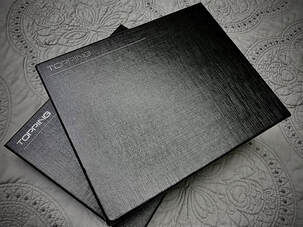 LOW as in LOW measurements! WOW. Talk about IMPRESSIVE STUFF. This is a teaser before the full review comes out next week. Hopefully either the section of review or more likely a totally separate review of the Topping E70 AKM Velvet drops at the same time. Until then, feast on these numbers. Yeah I know you can find similar at a particular website that has the unbelievable privilege and advantage of using state of the art Audio Precision hardware and software. But for those of us in a lower earth orbit, the day has arrived where the measurement lab is not so handicapped. I said it earlier, we are getting within spitting distance of the big dogs, and I just rang up another order from China direct to add another piece into the puzzle that may get us dangerously close to the results out of a 30 grand AP unit. First of all, this is NOT the Topping review. When it actually drops, it will be a very, very interesting review because everyone has heard about the jaw dropping test numbers. I guess everyone assumes because its numbers match or beat a DCS Rossini Apex, that the 350 dollar DAC is just as great as the 32,000 DCS. I am here to say, sorry folks, but that is highly, very likely not going to be the case. And it is NOT because I do not wish it to be. How I wish, wish wish that a DAC with these kind of performance numbers in the most common metrics we use was a true DCS killer. But, folks, it just isn't the case. Sorry if that is a spoiler alert for the upcoming full review. But hang on a minute, for the money, its an AMAZING piece of work. Truly amazing. Not perfect, and I will give it to you straight. All the things I liked about it, and all the things I didn't like that you may want to hear if you are ready to take the leap that something that measures this well, could be less than ambrosia from the audio gods. Well enough chatter.. here we go. Feast on these numbers from the EUPHONIC REVIEW LAB. All measurements are taken with filter F-4, XLR outputs, and at 4V output level. SNR- <-125db (The best I could do; it could be my particular Topping unit variant, or just the least noise the EIDA Cosmos(B) can resolve. The best third party Audio Precision test had it at about -128db. Still, we at Euphonic Review labs have it at just under 21 bit, those other guys at just over 21 bit) THD- 0.000032% which is equal to -130db!! THD+N/SINAD- 0.00010% which is 120db SINAD Jitter- <3 picoseconds RMS Jitter is usually a non-issue with the ESS chipset. It has an inherently good PLL/ASRC that keeps even the worst jitter at bay, assuming you use good clocks, and follow the instructions. It can also be configured in ways that 'bypass' the ASRC, however it seems its becomes more of a 1:1 system in this usage mode, and requires excellent matching of the clock on the input side, and the DAC master clock on the output side of the ASRC. You CAN mess it up, but ESS makes that pretty hard to do. In any case, things are implemented here in textbook fashion, and represent jitter that may be essentially unmeasurable. We may be looking at logic level phase noise or other 'unknowns' when we have such a deep noise floor. We still can see some possible random jitter, but the spread of the test signal is miniscule, so again, well done here Topping. The Topping E70 allows for choice of all 7 ESS standard PCM oversampling filters. In the graphs below, you will find performance data for each filter. To get a better view, click on the photo for larger image. And that is it for the preview; look for the ESS70 ESS review and its part two AKM review by next weekend.
Cheers to all; Happy listening! The extremely inexpensive, extremely high performance ADC that knows all to well what she offers, plays hard to get. I finally have her working well enough to get some usable measurements, while other areas of its behavior befuddle me. Unfortunately there isn't much of any documentation to cover what are probably extremely common issues.
We are talking about the EIDA Cosmos ADC. It is several degrees more sensitive that my RME ADI-PRO, so much that I am compelled to go update some of the measured results in my review of the ifI ZEN V2 DAC. And that is VERY exciting, because it refined my measured numbers to practically match exactly ifI's measured results. Off to a great, great start. On the other hand, its usability is so bad, I not sure there is a category to describe it. Maybe it will work today, maybe not tomorrow. I am still trying to figure out why it gives up after about 10 or 15 seconds of measurement, then starts all over again. Anyone who has ever measured anything with an FFT Spectrum Analyzer knows what kind of havoc that plays on the results. It is also marketed as a Vinyl to Digital ripper, yet, there is no way that works as it currently stands. 15 seconds of playing nice? A big No Go for recording vinyl or anything else. (RME may give up some in SNR and THD, but it's perfect in everything else. Easy, so easy to make it play nice with every single Audio Analysis software I have tried.) There is a huge online forum for this thing, and I am sure I will figure it out. Maybe it has something to do with the fact that the driver never fully installs because it says during the last few seconds of install, it can't find the ADC on the USB bus, although other software designed for volume control and manipulating the ESS chip's harmonic distortion cancellation programming certainly works. AH COMPUTERS. YOU love em and hate em. To quote the famous Kermit the Frog and Rowlf the Dog, You can't live with 'em, you can't live without 'em There's somethin' irresistible-ish about 'em (IT) made a monkey out of ol' King Kong, I hope that somethin' better comes along.... As our team was perusing various audiophile magazines and audio enthusiast websites, we began to brainstorm on the actual best way to present a DAC's oversampling filter performance data. We borrowed from varied sources, and the following graph is what we settled on. You will see the filter passband and stopband, as well as a 19hkz tone and its 25.1khz image above nyquist to show how well the filter rejects images. Also, almost like a 3D floating window, the filter impulse response displayed. I believe the picture below will be the final format. Have a look and please comment and let us know what you think! For a larger, more detailed photo, just click on the photo and the full image will open in a new window. If you are on a Tablet or Smartphone, just turn the phone from Portrait into Landscape mode(widescreen) and the photo will further enlarge itself. (unless you find yourself her via Facebook's linked browser. It doesn't seem to do much correct. Visit instead with a browser like Chrome, Safari or Firefox)
I like to keep readers updated as I review these products. Dropping little nuggets here and there is surely more entertaining than waiting a month for any news at all to drop. Tonight I have been taking a look at the filters in the E70 (ESS style). Seven filters in all, all fairly typical FIR oversampling filters. Topping is not using its own proprietary code, they are sticking to the preprogrammed filters standard to the ESS chipset. Nothing really out of the ordinary here, except for the Apodizing filter. Apodizing filters seem to always be minimum phase in variety. Not in this case. Here we have a linear phase Apodizing filter. I thought it was a mistake at first, but no, it apparently isn't. To me it looks like any other linear phase fast FIR filter. Still, I am not shutting the book on this one. More research is needed before I say any more about linear phase Apodizing filters. You can cycle through all seven in the slideshow below. If you want larger images and text, you can expand on your tablet with the two finger expand gesture, and if you wish to see larger images and text on your PC, hold down the CTRL button while pressing the + and - button to enlarge and shrink, respectively. If you are on tablet or smartphone, you can turn from portrait to landscape (widescreen) mode to further enlarge image. The Topping E70 DAC is a remarkable digital-to-analog converter that utilizes the highly regarded ESS ES9028PRO chip. Its measurements are impeccable, exceeding the capabilities of even professional audio lab equipment used in design and prototyping. This makes it a standout choice not only for audiophile enthusiasts, but also for professionals in the audio industry. Its performance is truly remarkable, particularly considering its relatively affordable price point.
I am not embarrassed to admit the equipment in my audio test lab isn't fully up to the task of benchmarking this DAC. Nor am I embarrassed to admit my chosen lab equipment, which includes the venerable RME ADI-2 PRO Analog-to-Digital Converter, USB Galvanic Isolation and Isolated Power Supply, cost at least 10 times as much as the Topping E70 DAC. My solace is in the fact that the $30,000 or more Audio Precision APx series of analyzers themselves can't completely get out of the way of this DAC. (At this point I will say the new Quantasylum QA403 Analyzer successor can't get here fast enough. In the meantime, I have a crazy inexpensive E1DA Cosmos ADC en route via DHL as I type.) So, its all over, right??? We have reached a level of technological progress that a DAC well under $500 provides world class performance. I suppose Euphonic Review should close now, lol. Same goes for Stereophile, Hifi News, or any other publication that provides objective measurements. Save one small detail? How does it sound??? More and more that little detail is being forgotten. Entire websites and forums are dedicated to reviews with only data. Nothing more. Is it any wonder the user manual of the Topping E70 DAC is half Audio Precision Charts?? Same goes for their marketing and propaganda. I am reminded of one of the early 21st century incognito internet audio warriors known to most as NwAVGuy. https://nwavguy.blogspot.com/. He was active for years, but in 2012 seemed to disappear. No, I won't take you down any conspiracy theory rabbit holes, but maybe someone should. I will call him NW for short, but NW was responsible for a very popular no-nonsense DAC called the ODAC. just when asynchronous USB DAC's were starting to take off in the computer audio market. What I remember most about NW was his refrain that once an audio component reaches a certain level of performance, it is transparent to the human ear. While I disagreed with many of his thoughts, and while I questioned the seemingly arbitrary measurement thresholds claimed by him for 'transparency' that just happened to match his ODAC, I agree in general. There is NO WAY the human ear can detect the difference in 0.0003% THD and 0.00003% THD. And in spite of all these advancements in SNR, SINAD, THD, Dynamic Range, IMD, etc, our equipment still sounds like it is reproducing the sound of music. Nothing that I am aware of to date has reached that point where it actually sounds like the real thing. There are times I am not even sure if the 'real thing' is what we are after anyway as audio'philes', or audio enthusiasts. Reproduced audio, our brain's response to varied techniques of reproduction, and our overall enjoyment has become an art unto itself. And maybe, just maybe there are benchmarks and performance characteristics we are overlooking, or perhaps have yet to even discover! The human brain and its interaction with the 5 senses seems to be paradoxically too complex for the most complex being we are aware of, to fully understand! As for myself, I believe, based on my subjective experience, similar subjective experience by others, and a certain amount of scientific research that the key to high fidelity and higher fidelity audio reproduction lies in the time domain, rather than frequency domain. If something like DSD actually has a fidelity advantage over PCM, it lies in its time domain behavior. (At least in its purest form of conversion. But how multiple DSP's, filterings, multiple noise shapings that is found in the majority of 'DSD NATIVE' DACs, of which this Topping E70 is one, renders any time domain advantage over PCM moot, is a subject for another day.) Now as the keyboard is shut down, and the test equipment is shut off, I retire for an afternoon of reviewing the Topping E70 by some good old fashioned listening. Topping E70, with your incredibly smooth and soft sound, take me away on a musical journey. I will see you all on the other side. 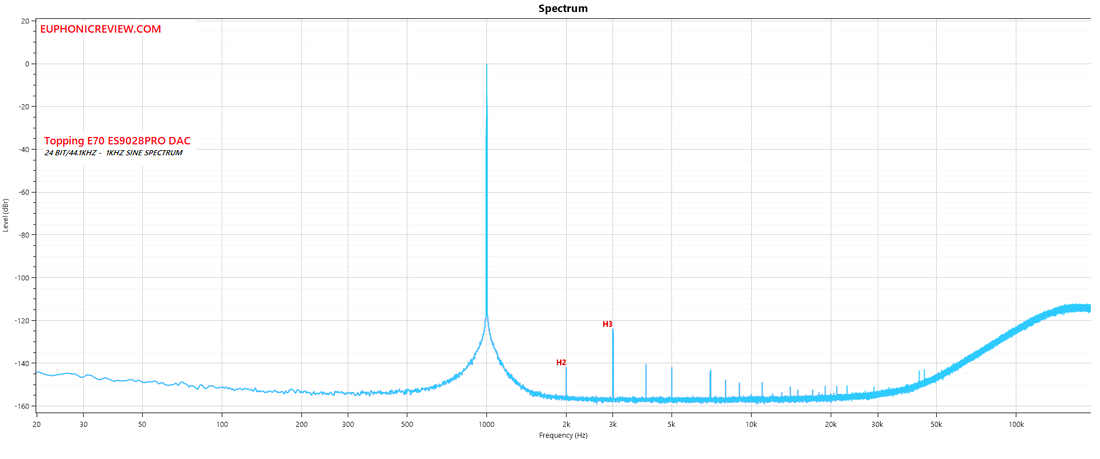 Click on image for larger view Click on image for larger view In the lab now is the Topping E70 dac based on ESS chipset. This will be the first of the Chinese 'giants' I have had in my lab. Topping, SMSL are the two Chinese giants that seem to have taken the market by storm. Lots of marketing jargon and pretty cases. Do they stand up to the hype? As I have said before, I have little doubt these will have outstanding SINAD and SNR performance. But is SINAD all that makes a good sounding DAC? Does a DAC that costs less than $500 truly outperform some of the traditional world class products that can cost 10 times as much? Even 100 times as much?? Or are these companies doing everything possible to produce very specific measurements for as little investment as possible, knowing there is a market segment who only looks at SINAD and considers nothing else? Perhaps I am a bit old school, but, I still think you have to listen to the product to form an opinion. My personal opinion is the human ear and auditory system is not well understood. Obviously reproduced sound, even in this advanced day and age, still doesn't sound like the 'real thing'. Not yet. Just speculating, but, perhaps there are metrics we are completely ignoring or have yet to even discover that will take us to the next level of reproduced audio fidelity. My ADC used for testing has a SNR that exceeds -120db(A) easily. My reference DAC exceeds -116db (A). Even the 'lowly' ifI ZEN DAC V2 has a SNR of -114db (A). Price ranges from $199 to over $3000 and they all have resolution between 19 and 20 bits. My reference tube head-amp has an outstanding SNR of better than -90db (A). And it sounds so quiet you could seemingly make out a pin drop. Speaking of tube amps, they will have relatively terrible THD, Noise, and SINAD numbers, but so many of us love their sound. Whether it rings true or not, many believe that even order harmonic distortion is a good thing for better sound. I am looking forward to finally hearing what Topping (and later this year what SMSL) is all about. I am looking forward to seeing the measurements for myself, but most of all I am looking forward to my subjective evaluation of how they sound, and could I live with them in one of my systems. Even moreso, can I recommend them to YOU, the reader. At Euphonic Review, that is the highest goal. To keep YOU informed, and help you make the best choice. |
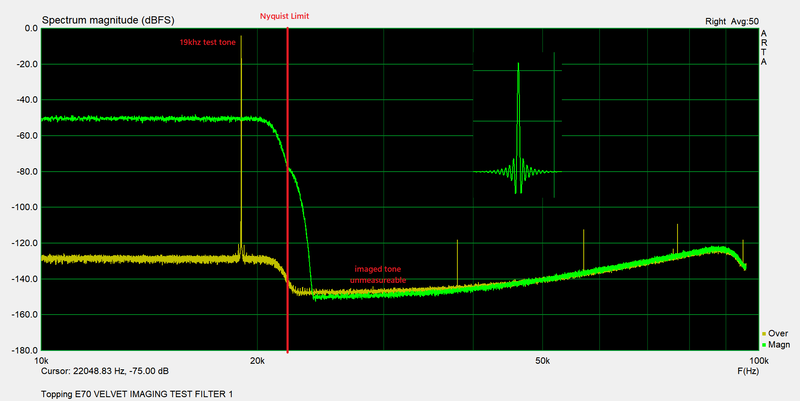
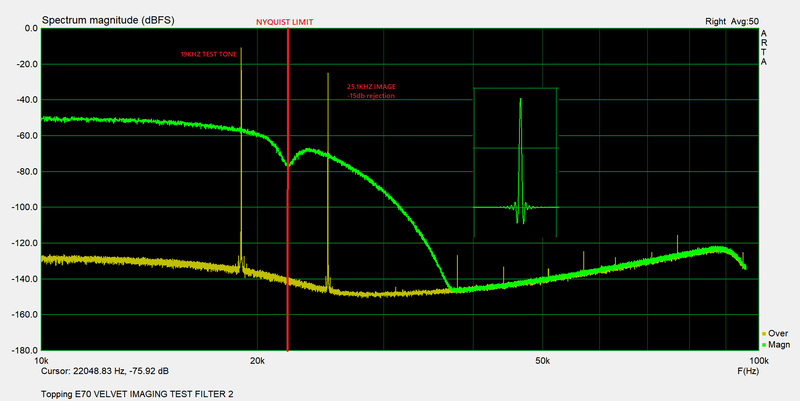
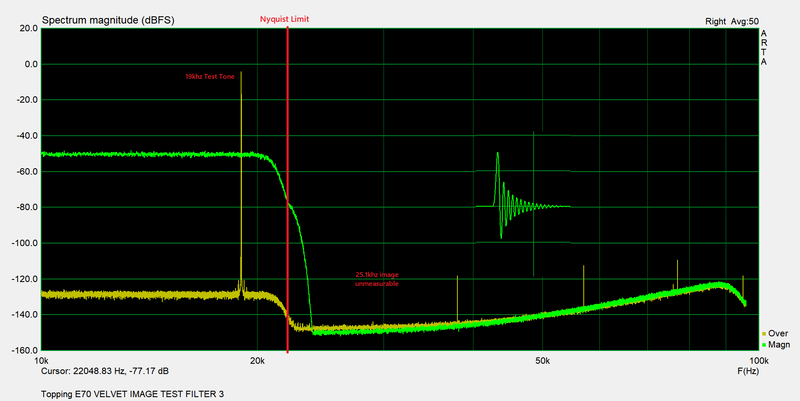
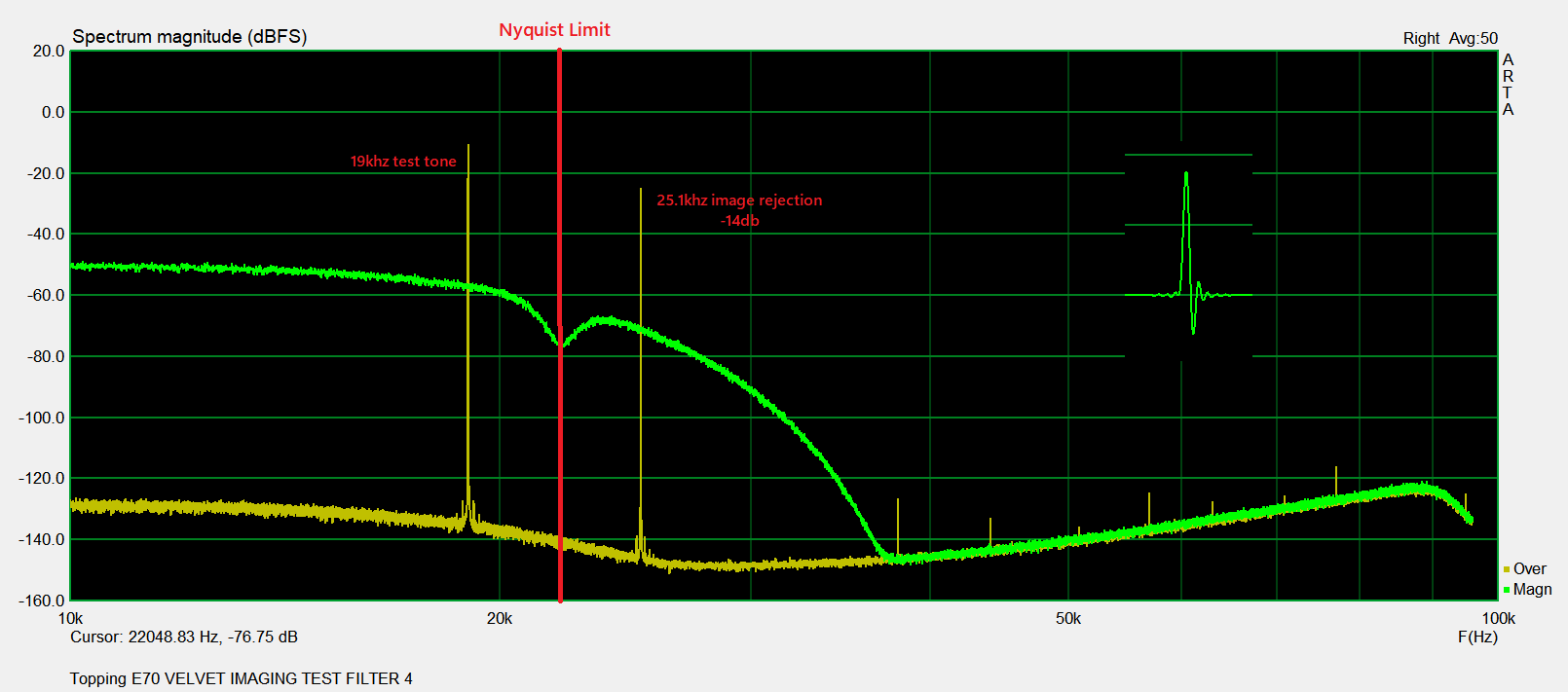
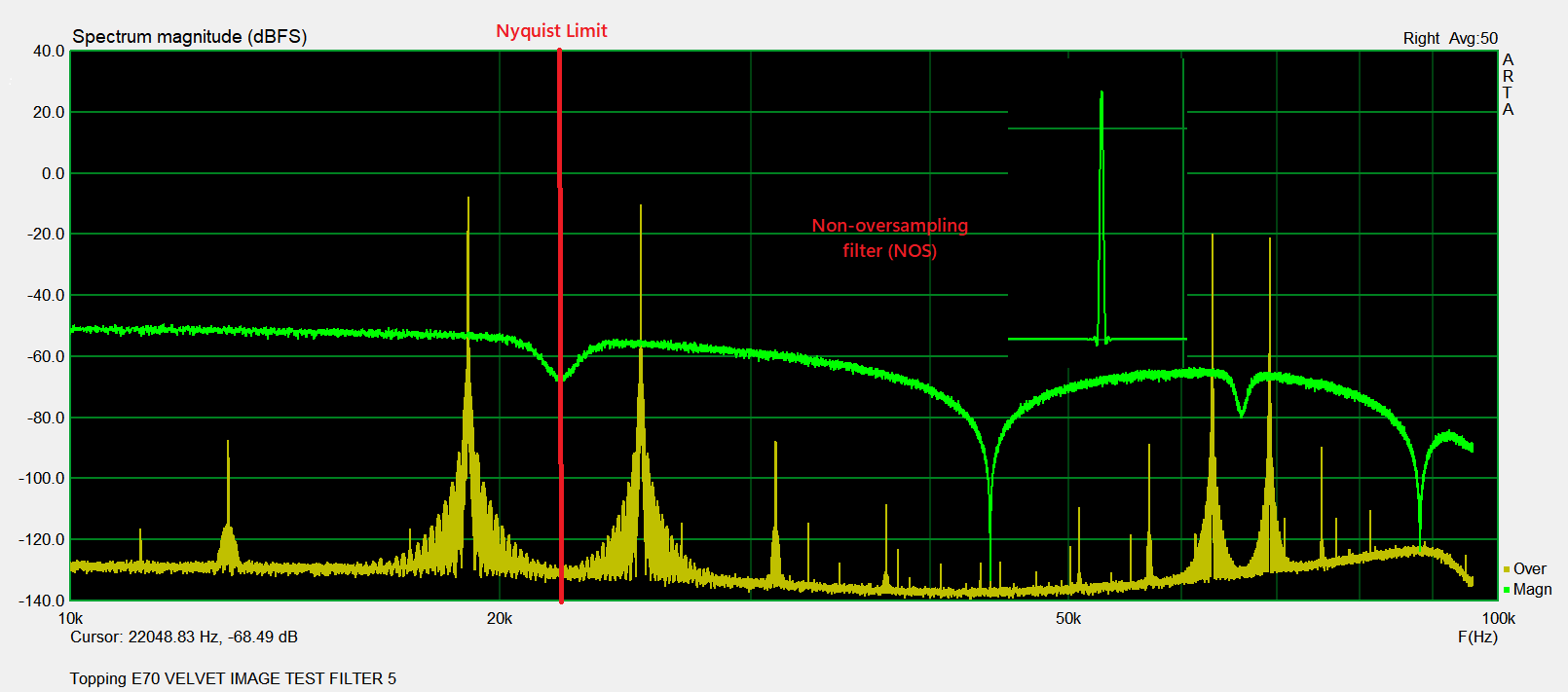
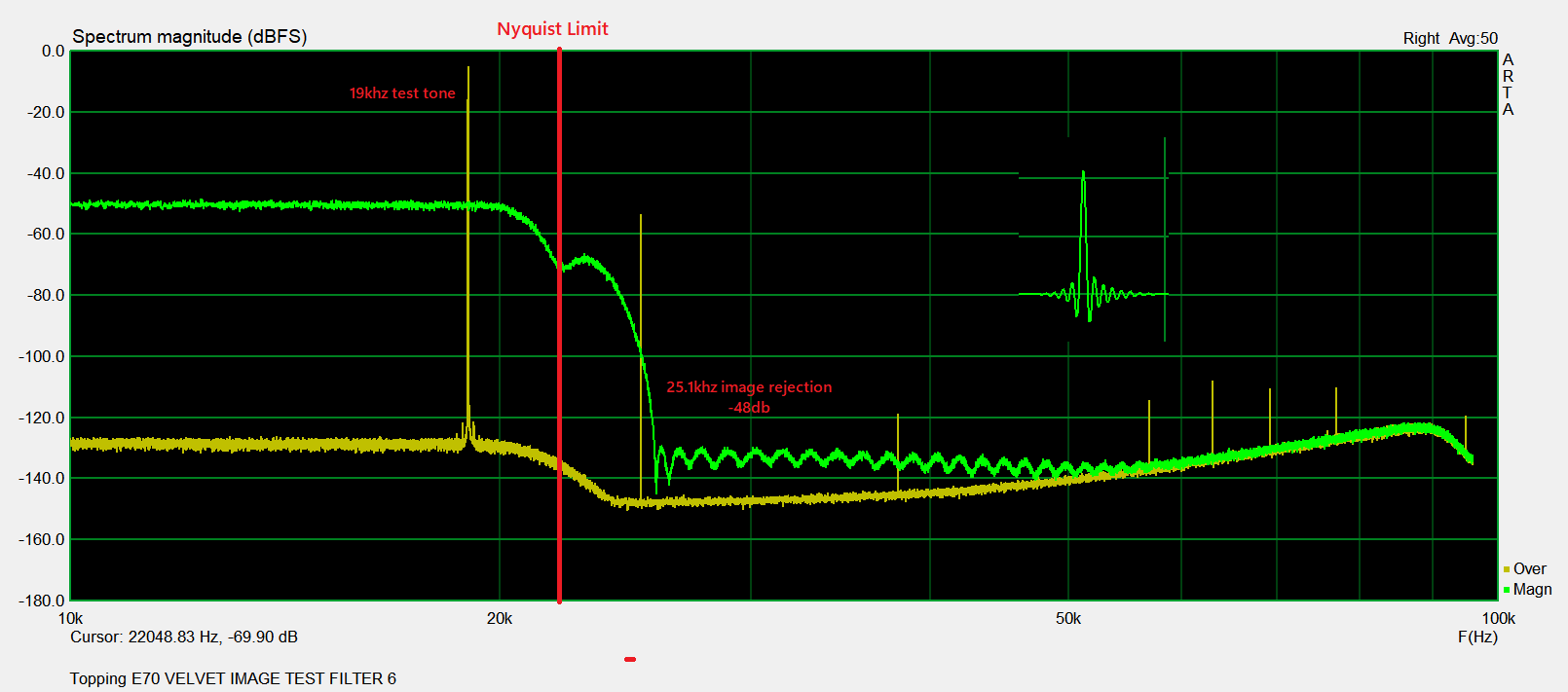
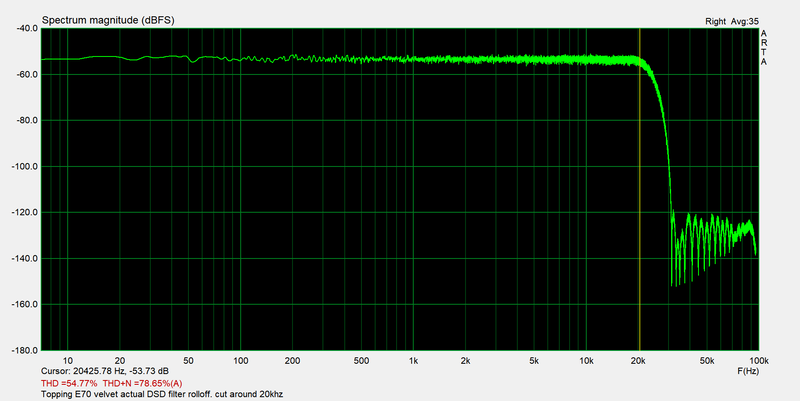
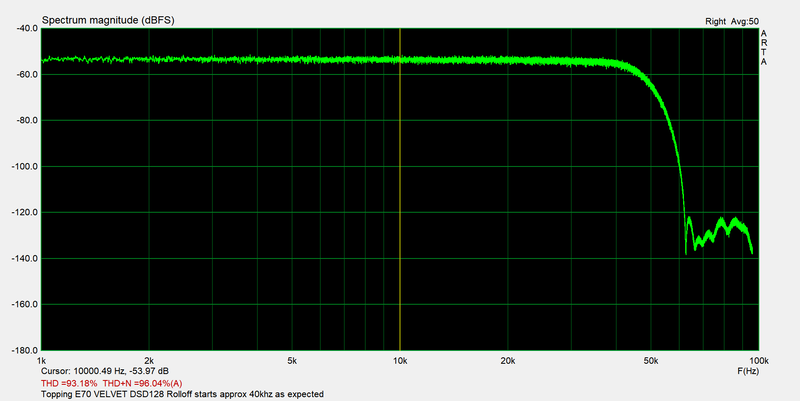
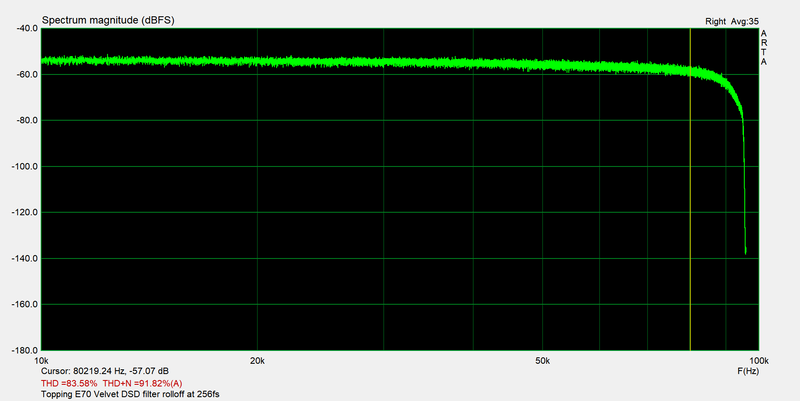
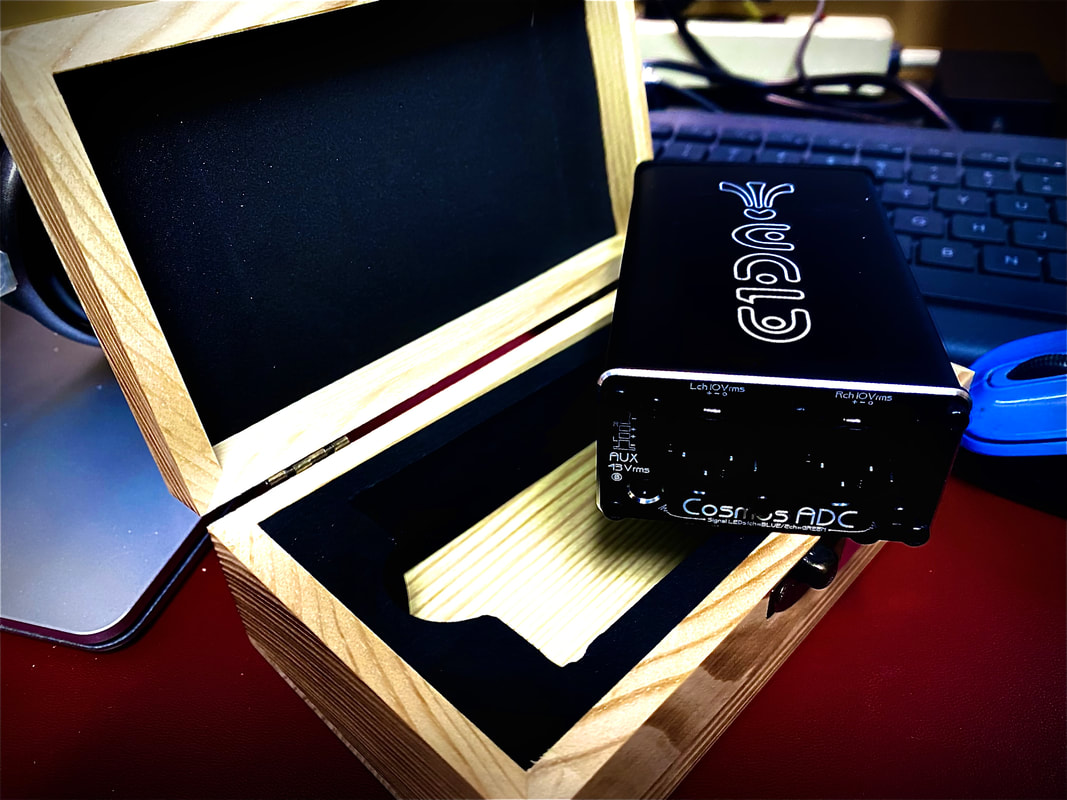
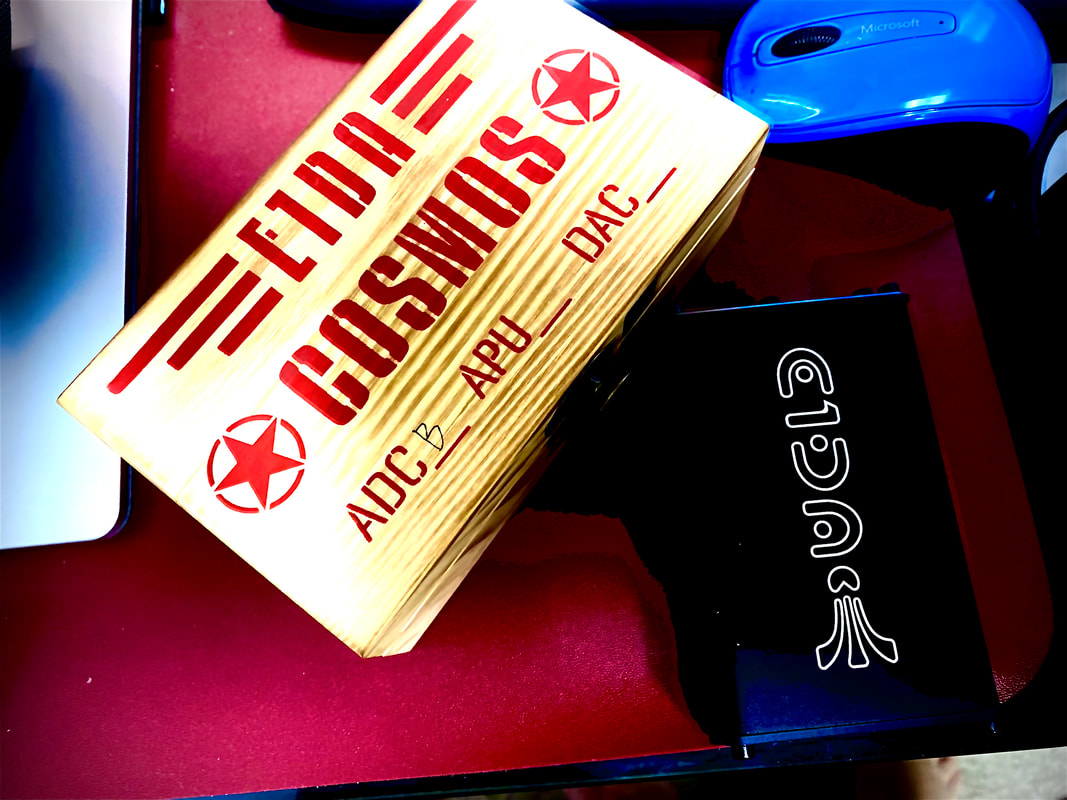
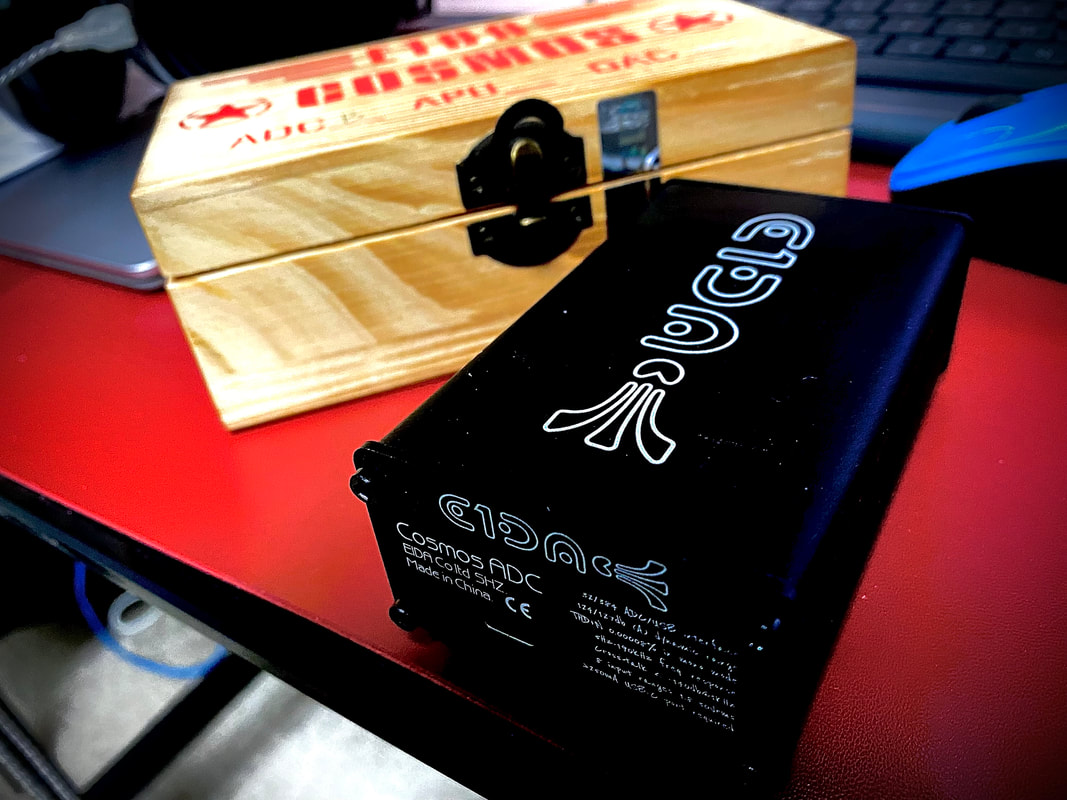
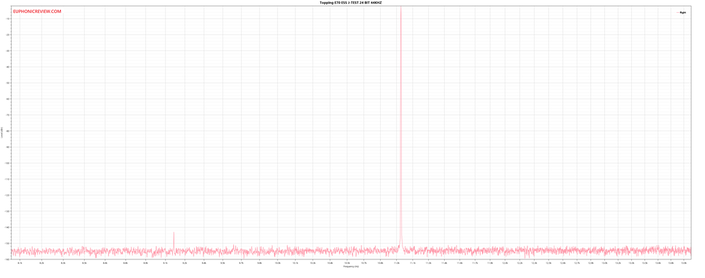
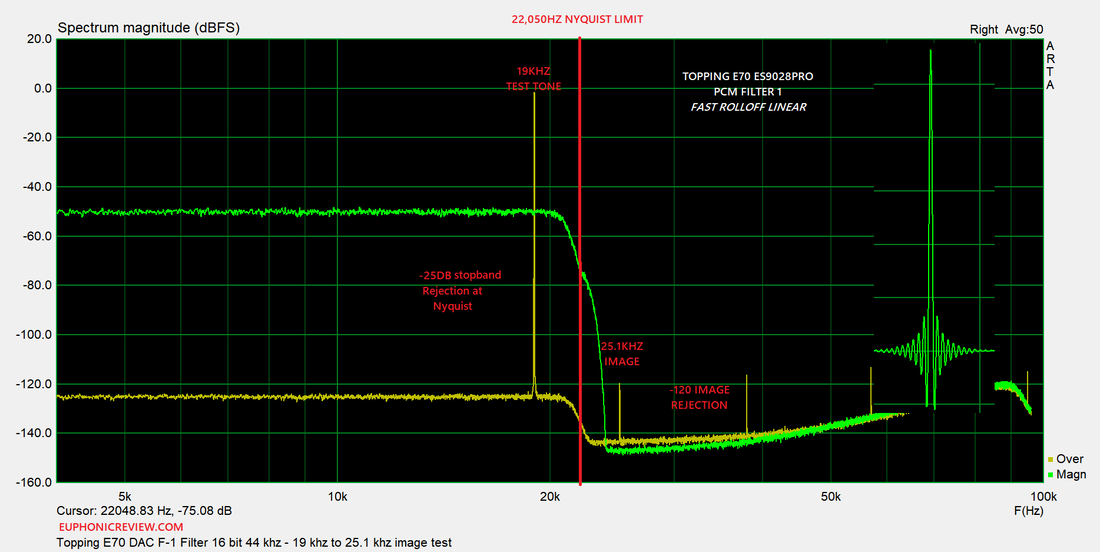
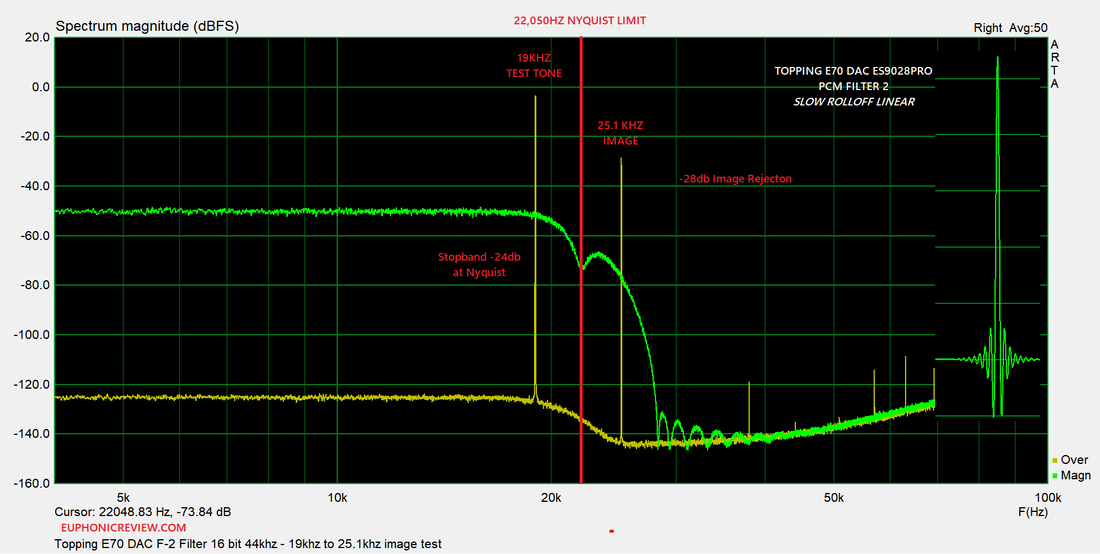
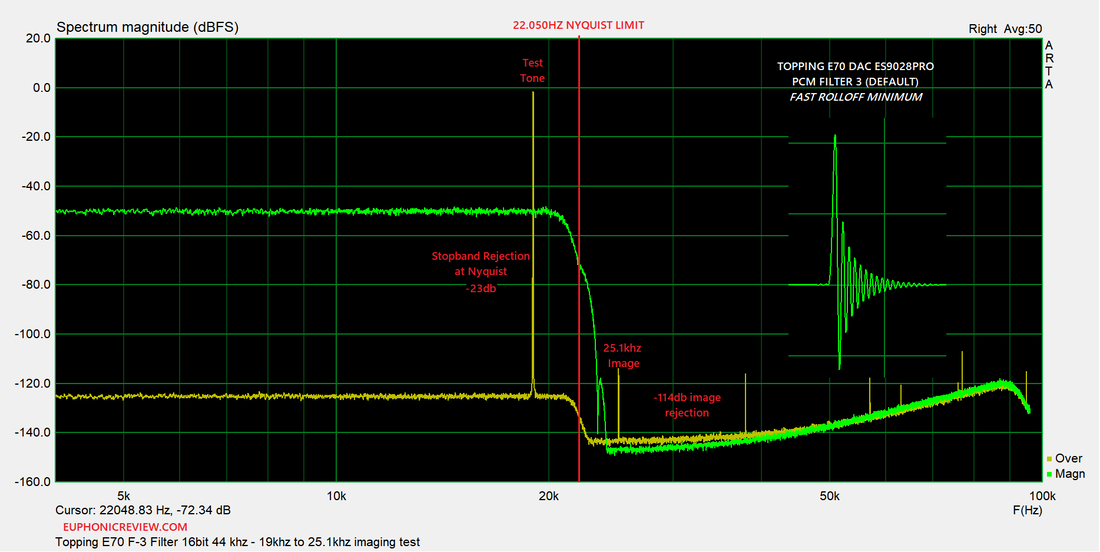
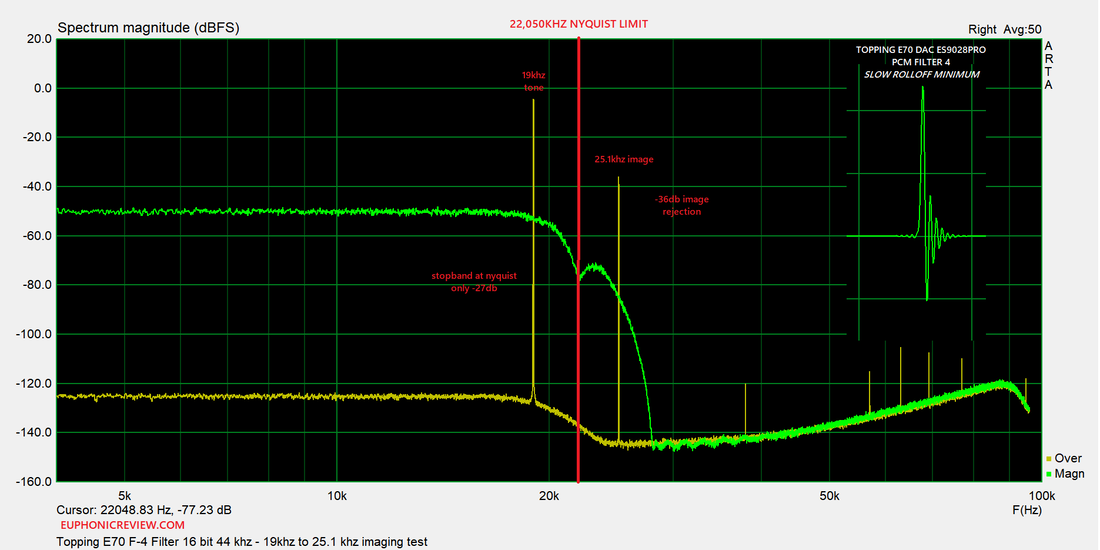
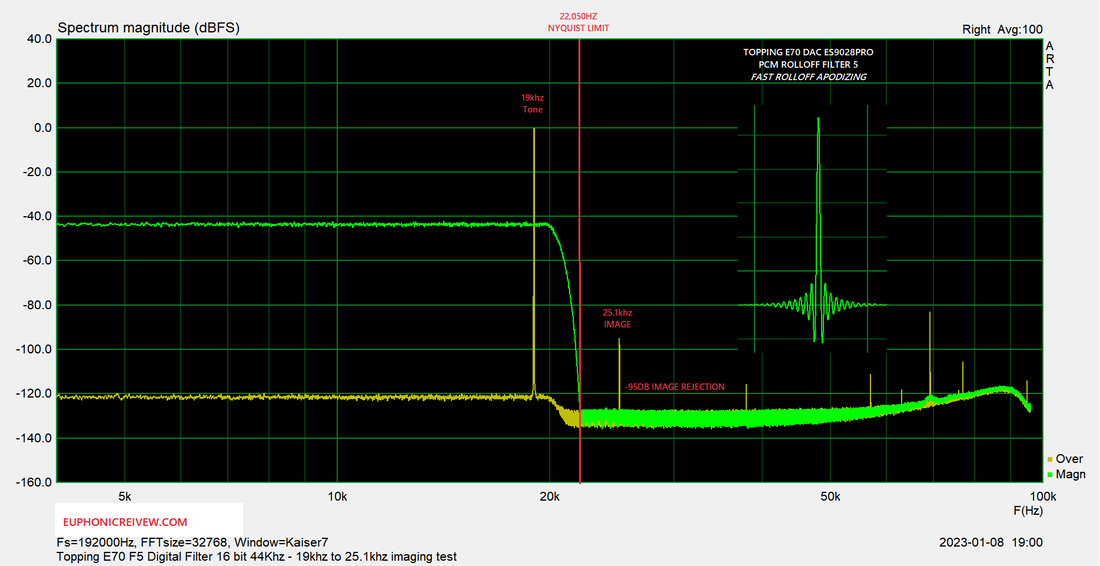
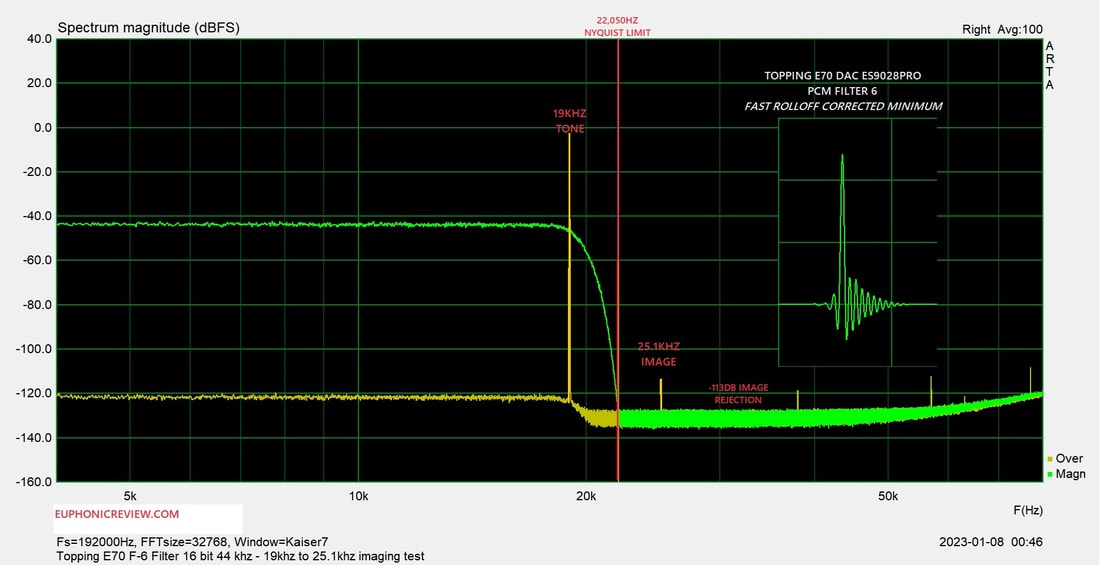
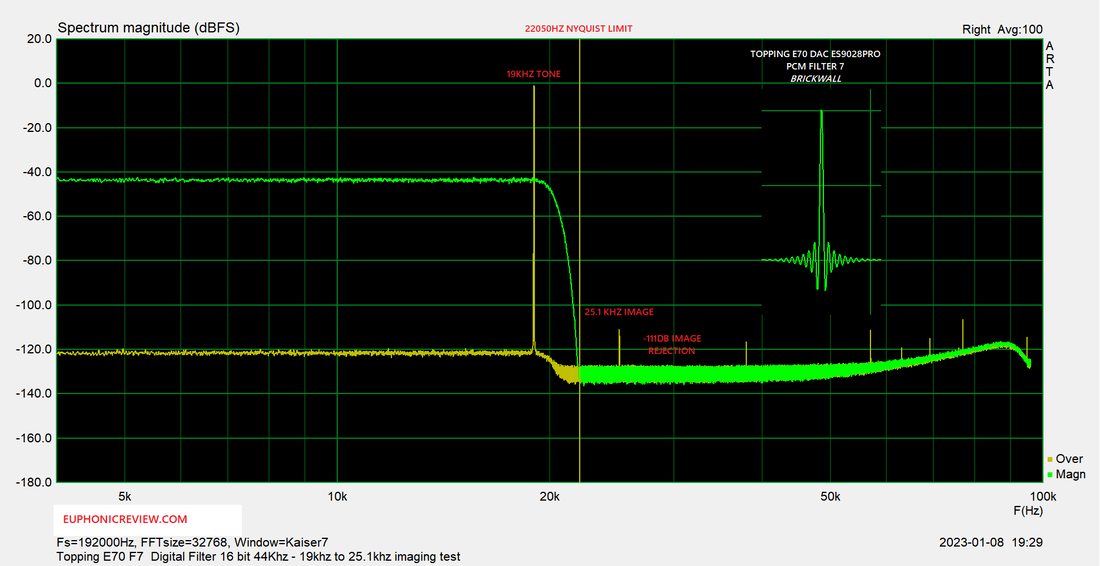
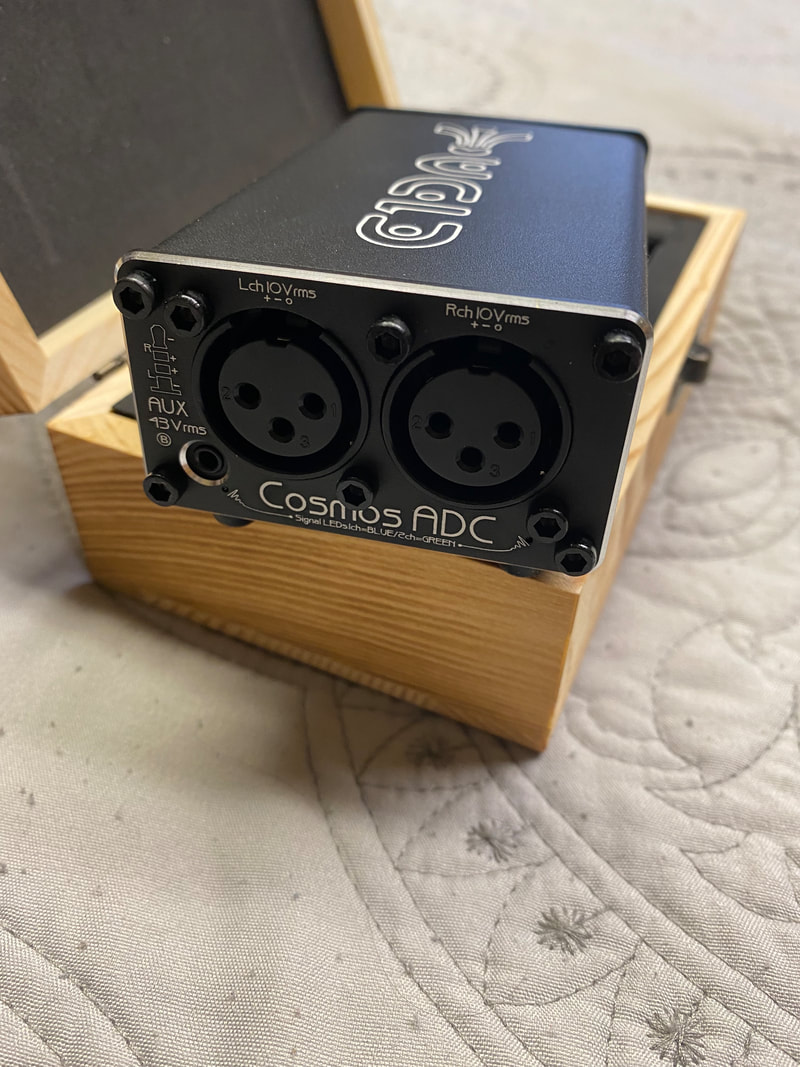
 RSS Feed
RSS Feed